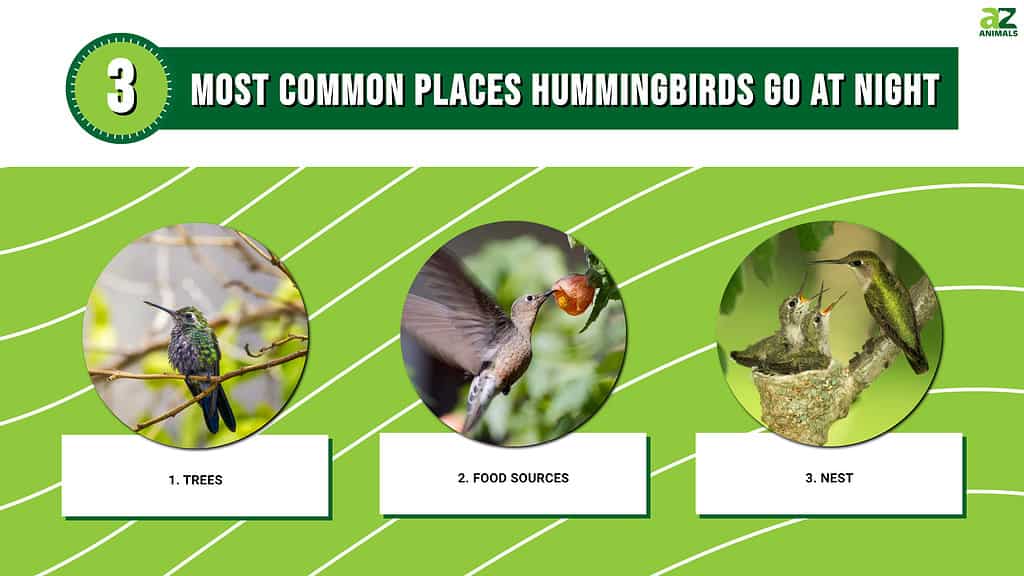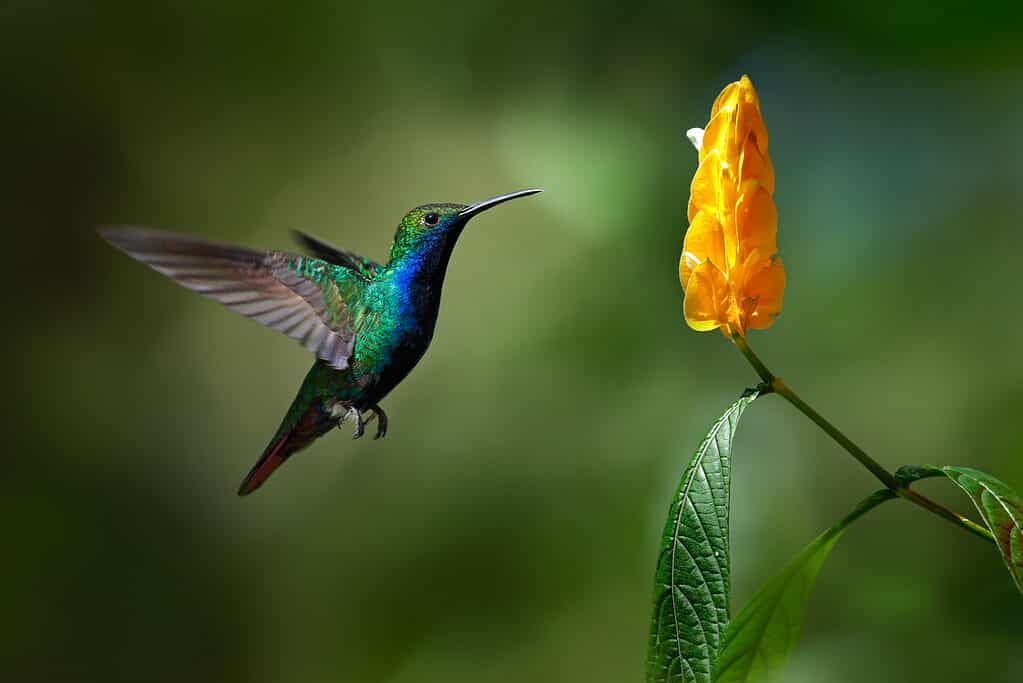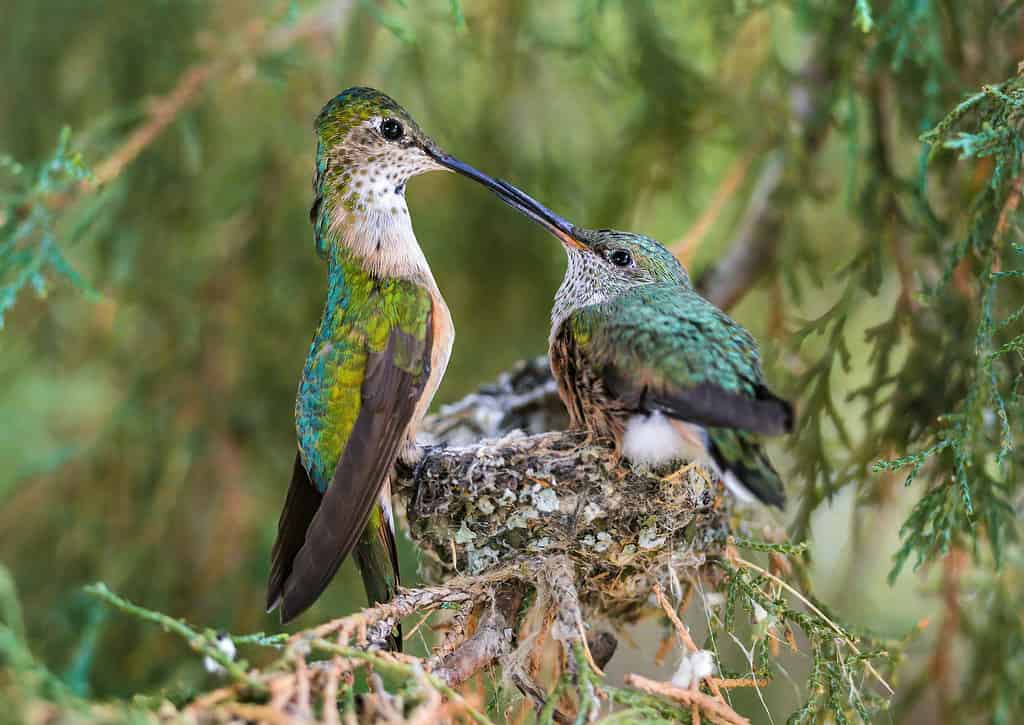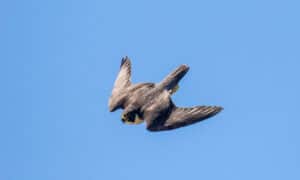These erratic fliers hold special spiritual significance for many and those drawn in by them have learned to hold still with a handheld feeder to watch these gorgeous birds enjoy some nectar. When the sun sets, where do they go? Discover the three most common places hummingbirds go at night!

What Are Hummingbirds?
Hummingbirds are tiny, surprisingly aggressive birds known for their long, elegant beaks and their ability to fly in any direction, including backward. They can hover as well, which makes them even more noteworthy. Their wings can flap up to 80 times per second, keeping them in place when feeding.
When the sun is out, this is their main pursuit. They fly around looking for the most abundant nectar sources they can find. Often, they fly low, which gives them a clear view of the kinds of food sources they have available to them. At night, however, these active birds retreat. But where do they go?

Hummingbirds retreat at night. But where do they go?
©Ondrej Prosicky/Shutterstock.com
3 Most Common Places Hummingbirds Go at Night
1. Trees
Trees like birch and oak offer them plenty of spots to settle into. Hummingbirds search for warm, sheltered locations when night falls because their eyesight isn’t great when there isn’t plenty of sunlight or artificial light guiding their way.
Their aim overnight is to remain protected while they enter a state of torpor. In torpor, their heart rate slows down significantly, and they become immobile and mentally inactive. For this to happen, however, they need to find the right environment. Typically, they venture deep into trees where there are branches and leaves keeping them covered and safe.
2. Food Sources
If artificial light is available, a hummingbird may continue feeding even after dark. However, this isn’t standard behavior and you’re unlikely to spot a hummingbird out past sunset. Usually, a hummingbird has already found its resting spot for the evening even before the sun finally goes down. During migration season, however, hummingbirds are focused on getting to their destination.

Females and immature birds have a dull green plumage on their back and wings, with a whitish-gray breast and belly.
©Susan Hodgson/Shutterstock.com
Because of this, they do make exceptions and fly through the night. It’s like taking a long road trip — you wouldn’t typically drive so many hours at once but when you have somewhere to be, you alter your behavior to get to where you’re going. The same is true for hummingbirds, who have a 500-mile trek to make it over the ocean when they’re migrating over the Gulf of Mexico.
3. Nest
Female hummingbirds return to their nests at night. They have incubating to do, after all! Keeping her eggs and chicks warm and safe is a female hummingbird’s highest priority and even during the day, she only leaves her nest briefly. Typically, she finds a place where branches meet to create her nest and care for her little ones before they’re ready to leave the nest.
The photo featured at the top of this post is © Keneva Photography/Shutterstock.com
Thank you for reading! Have some feedback for us? Contact the AZ Animals editorial team.






